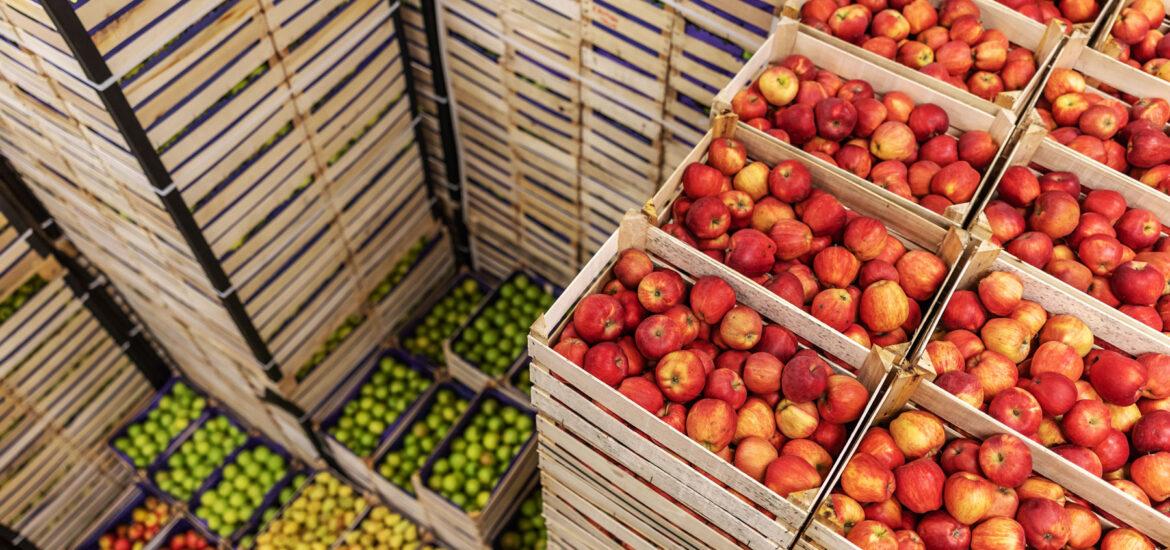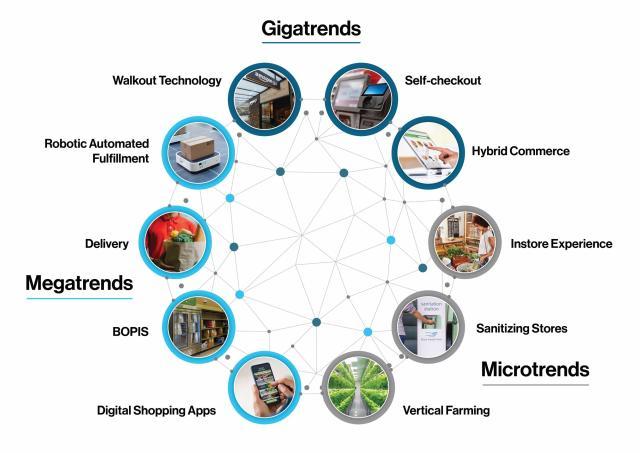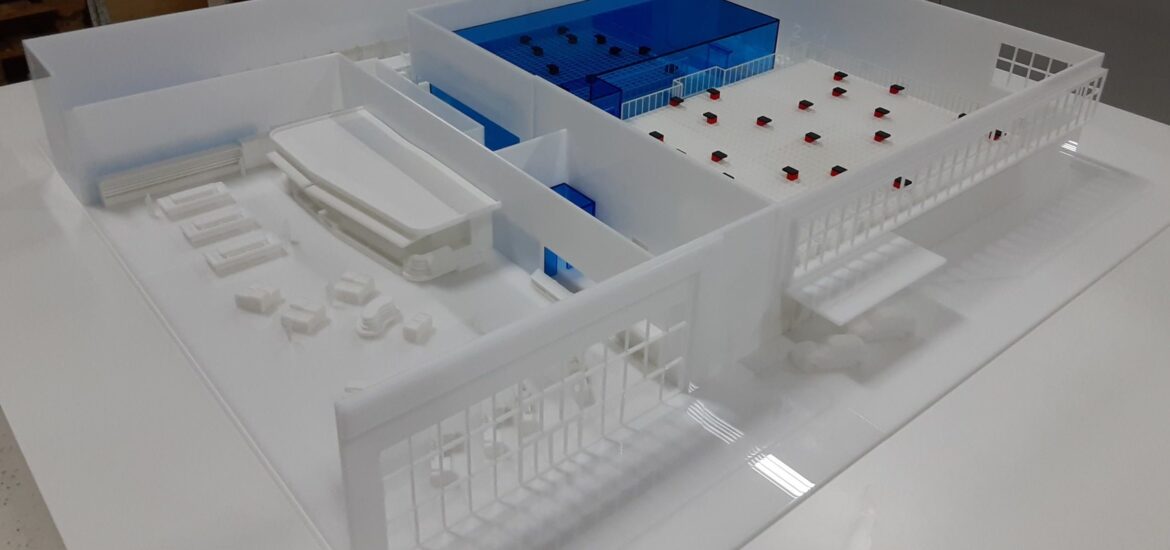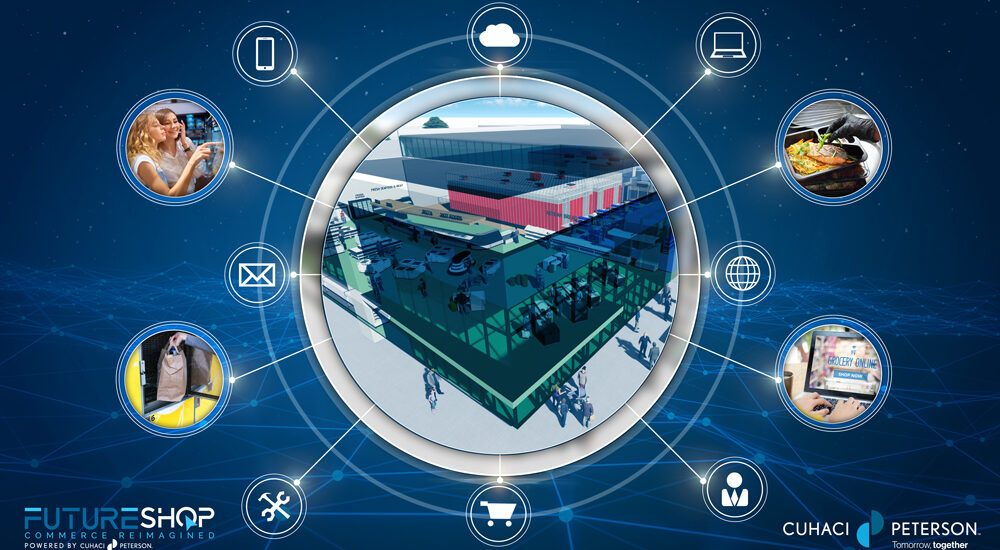Store sizes are changing, remodeling activity is on the rise and selling space is under pressure from alternative uses. This is the format-flexible world in which merchants must make optimal assortment decisions to satisfy shoppers and grow sales. Doing so requires understanding where store design is headed, the impact on selling space and how assortment optimization enables new opportunities.
Improve your understanding of these new dynamics by joining Steven Duffy, SVP of Design with the acclaimed architectural, engineering and design innovation firm Cuhaci Peterson, and Todd McCourtie, VP of Product Management Assortment and Space Planning, at SymphonyAI Retail CPG, for a revealing look at:
- Hot store design trends, remodeling innovation and what’s next for small formats.
- How assortment optimization enables design flexibility and productivity improvement.
- The role of advanced technologies in understanding new item incrementality, transferable demand and store clustering opportunities.
- Practical examples of how AI improves the speed and accuracy of merchants’ optimization efforts.
To download the on-demand recording, please click here.






